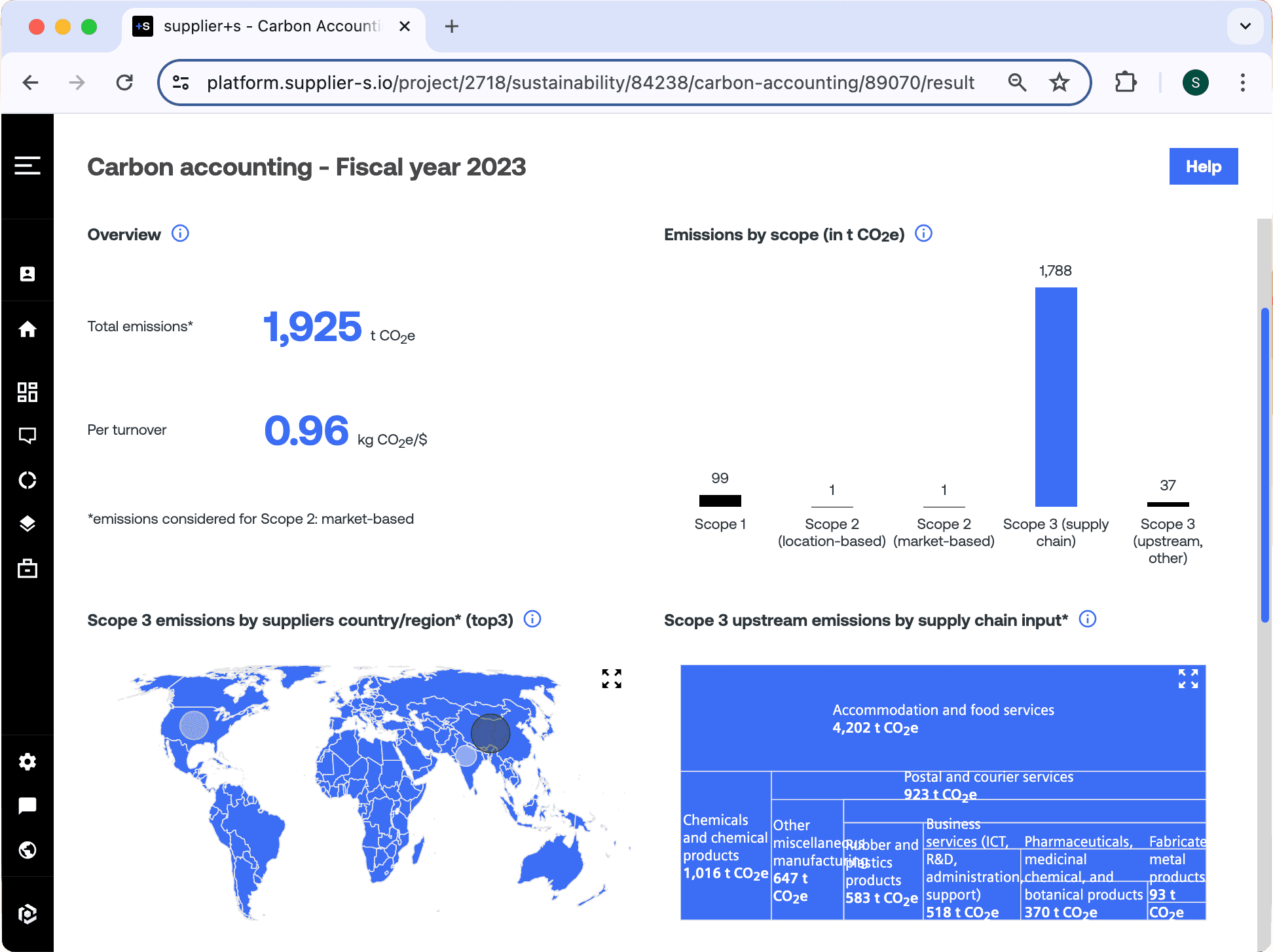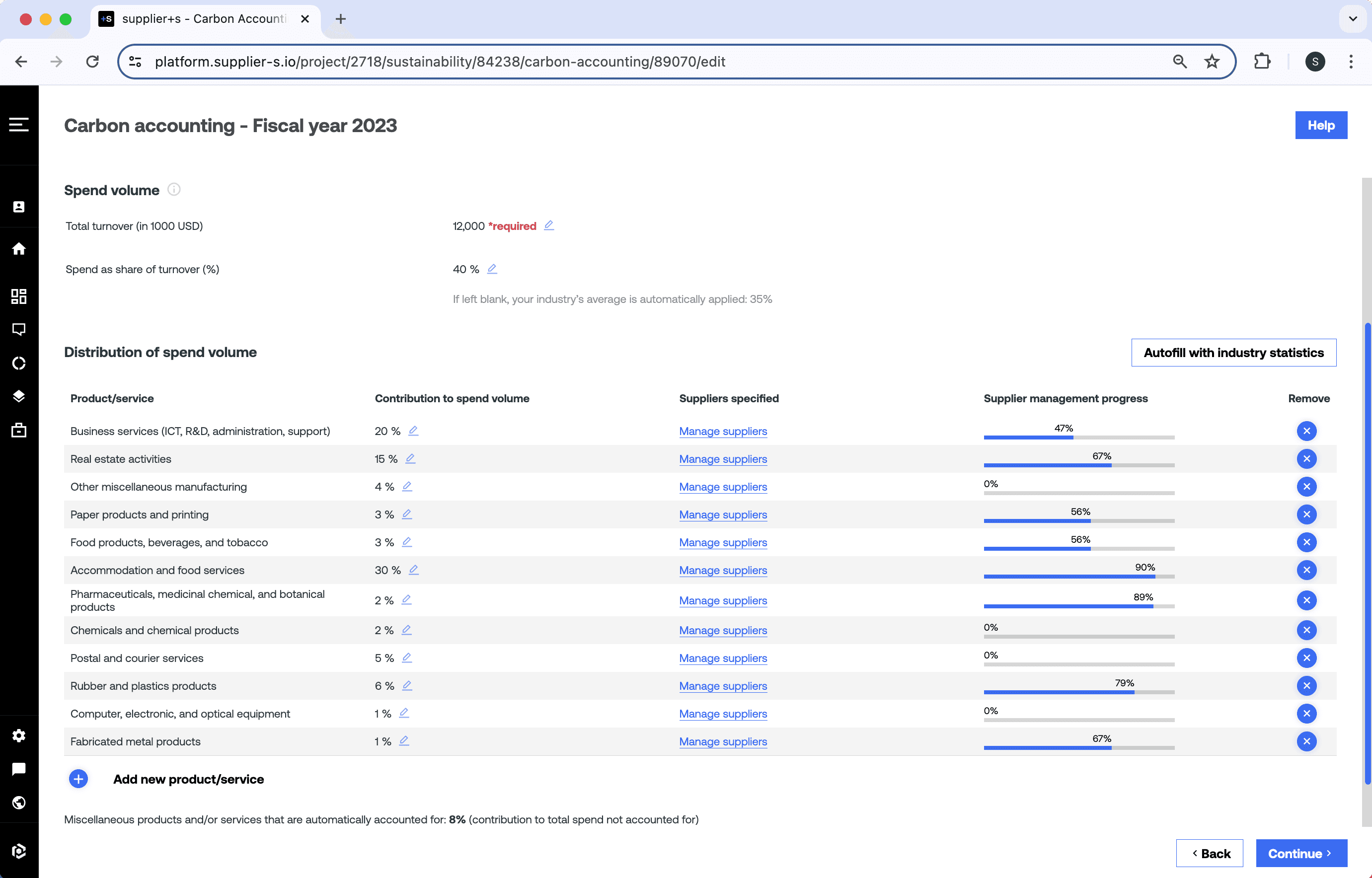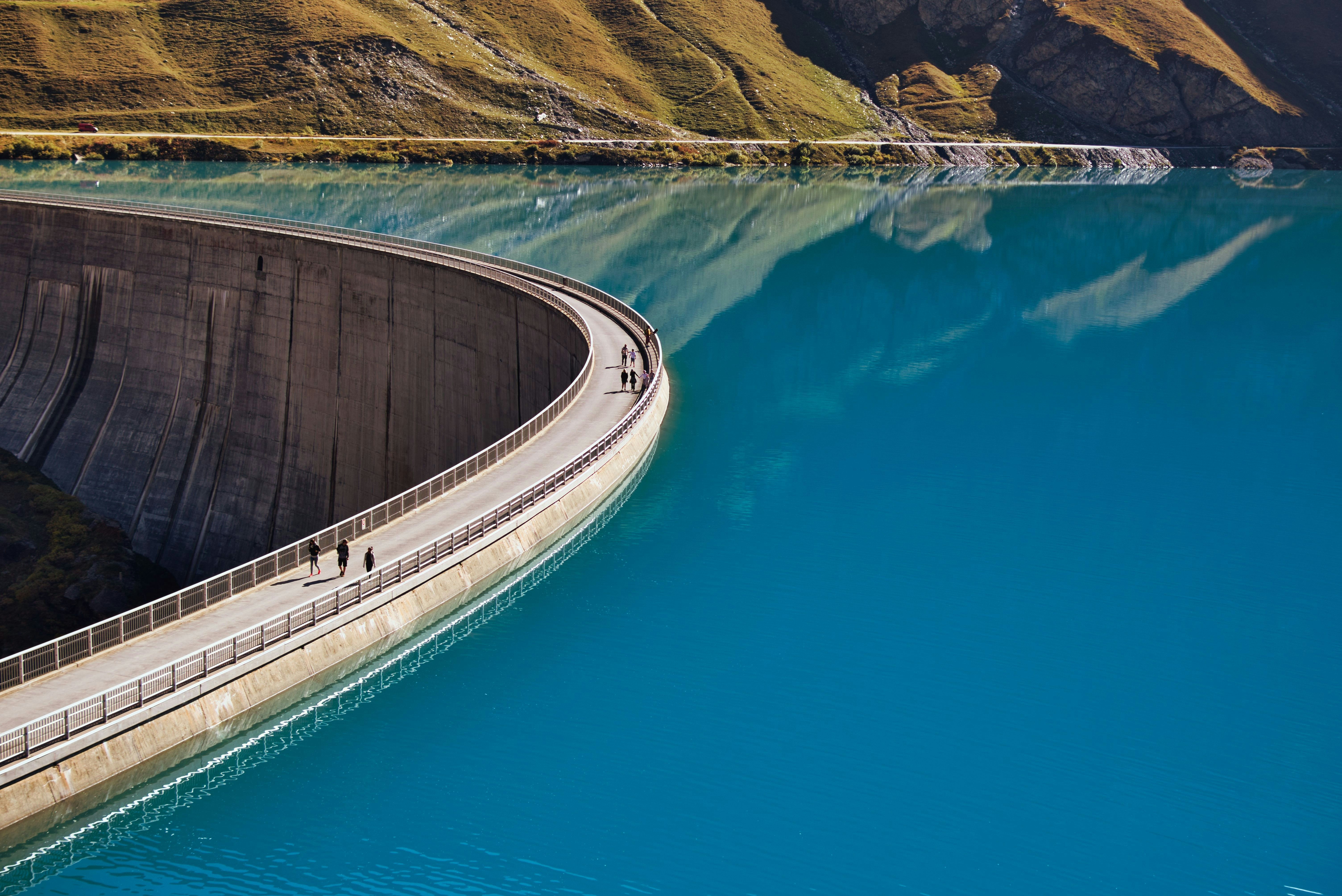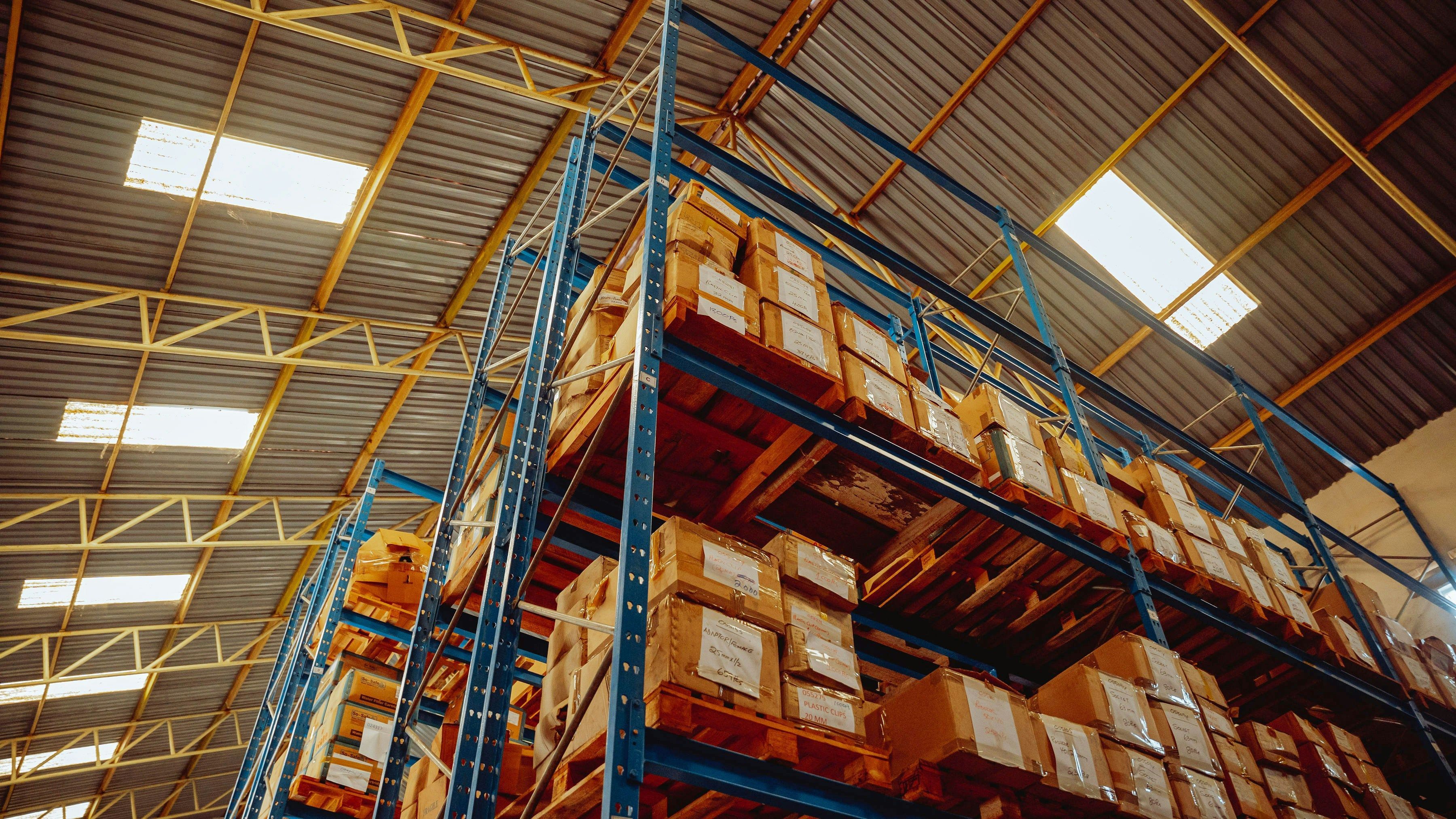The new Carbon Accounting Module in supplier+s is live
New carbon accounting module in supplier+s helps teams calculate Scope 3, find hotspots, and engage suppliers — all in one streamlined workflow.

ctrl+s is setting a new standard for efficiency in supply chain management with the launch of the carbon accounting module in supplier+s. This marks the evolution of supplier+s from a supplier engagement platform to a stand-alone carbon management solution: The new module streamlines the carbon accounting process in three simple steps, allowing you to determine your baseline footprint, identify hotspot suppliers and engage with them to reduce carbon - all in one place.
Effective decarbonization starts with carbon accounting, i.e. calculating the carbon footprint of your own sites (Scope 1 and 2 emissions) and your supply chain (upstream Scope 3 emissions). However, this is usually a tedious process as emission factors for your own energy consumption are not readily available and data on supply chain emissions is even harder to obtain.
This is where the carbon accounting module comes in: Based on your readily available spend data and industry statistics, you can easily quantify your carbon footprint. Immediate insight into the structure of your Scope 1, 2 and 3 emissions allows you to understand emission hotspots and therefore strategically prioritize your decarbonization efforts for maximum impact. In addition, the carbon accounting module helps you identify and invite key suppliers to the platform, maximizing transparency and collaboration across the supply chain.
It's a simple three-step process
First, select the fuels you use and specify their consumption. This data is needed to determine the direct emissions from your sites, i.e. your Scope 1 emissions.
The second step is to describe the electricity and heat that you purchase. This input determines your Scope 2 emissions.
Finally, briefly describe your supply chain to determine your Scope 3 emissions: Select the products and services you procure and indicate their contribution to your total spend. If you do not have full transparency on the products you source, you can continue with the average spend breakdown for your industry.
You may also wish to specify suppliers for each product and service. This input enables additional results: a detailed breakdown of supply chain emissions per supplier, allowing you to identify key contributors at a glance and prioritize them for closer collaboration.
All you need to succeed
Once complete, you can explore your emissions data across scopes, countries, supply chain inputs and suppliers. The database behind the carbon accounting module is optimised for reliability and consistency - so you can compare emissions drivers fairly. And a good driver analysis is all you need to prioritise your efforts and start reducing emissions today.
Is quantifying the emissions baseline of your Scope 1, 2 and 3 footprint old news to you? Then invite your suppliers to join the platform. They will answer a few simple questions about their carbon reduction activities - and you can watch your supply chain emissions drop.


